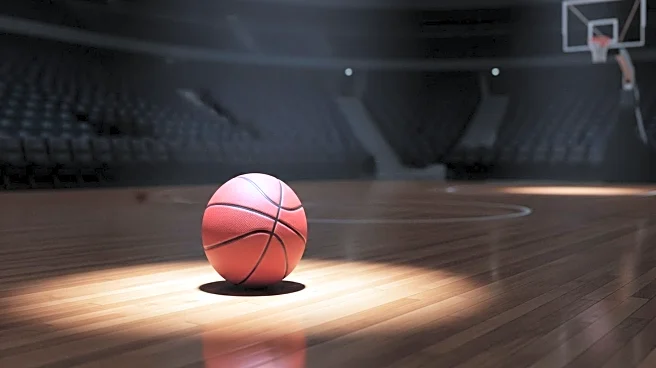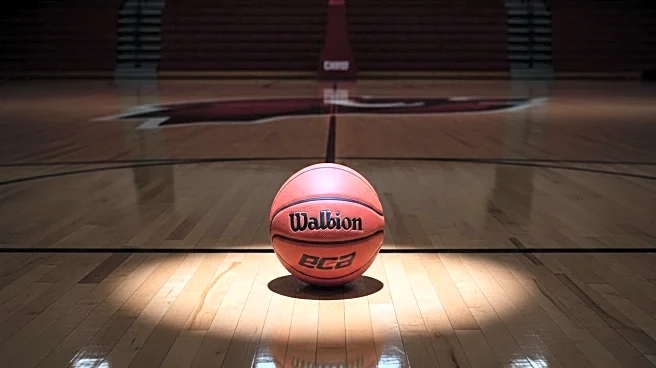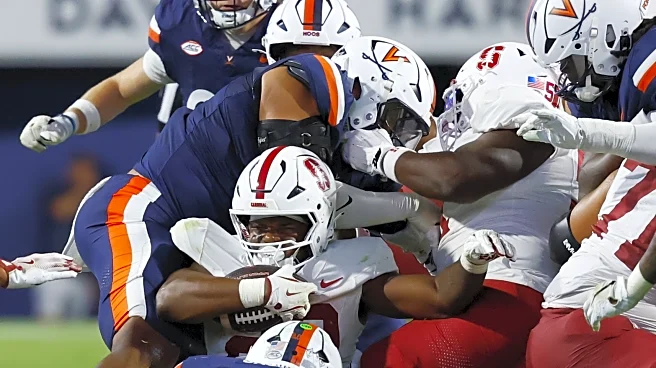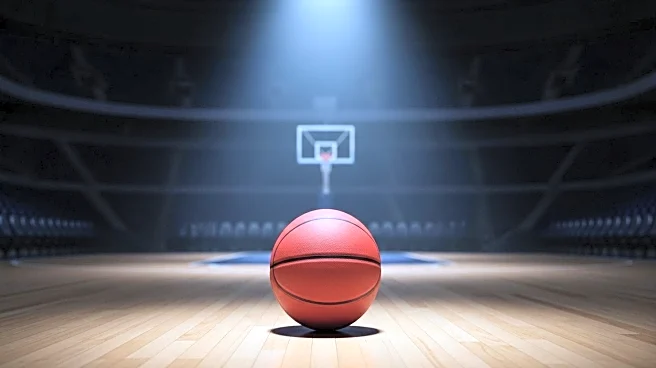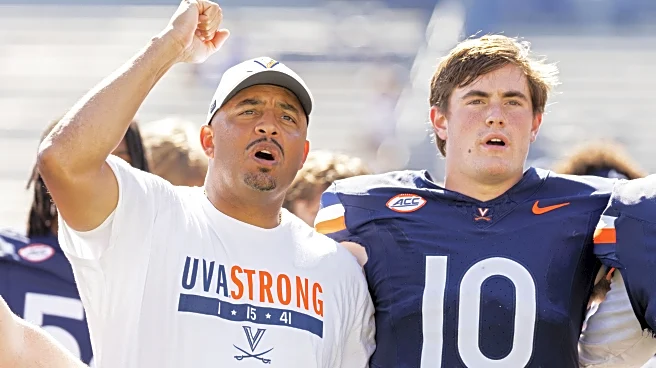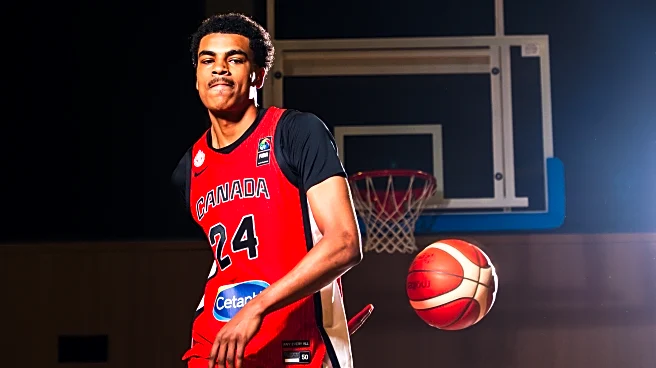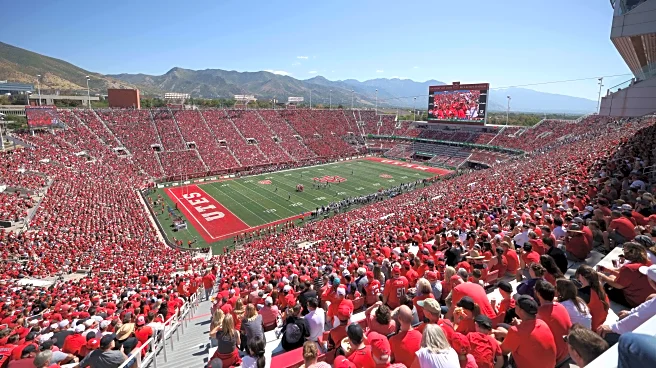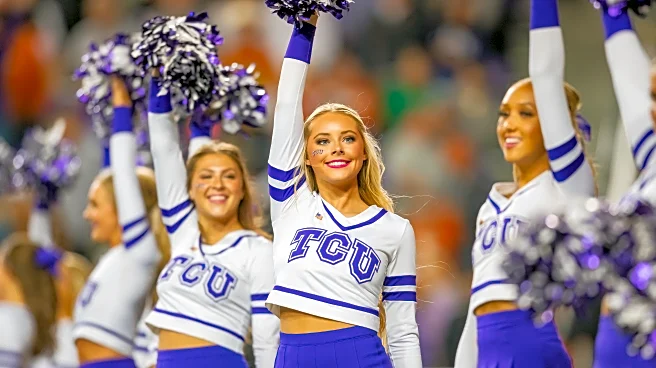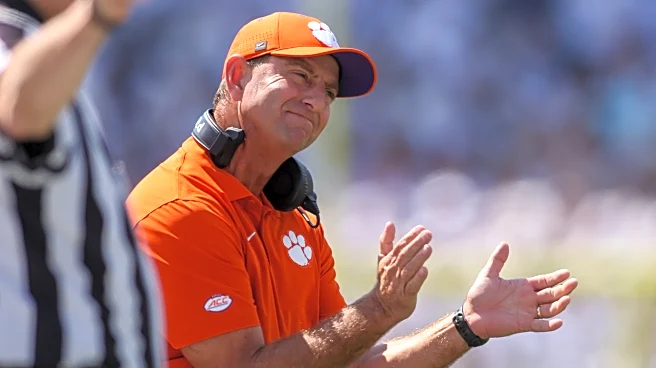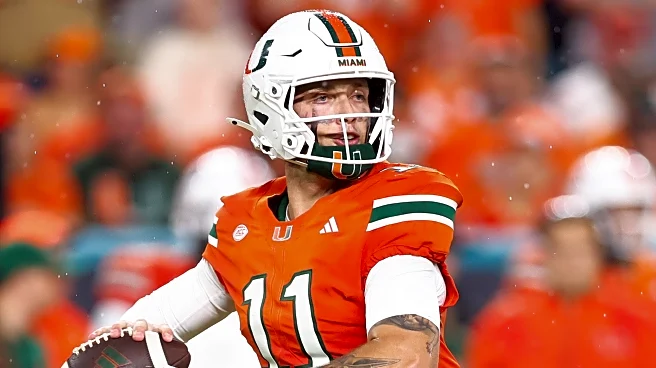After Year I of the shotgun marriage of Stanford, Cal and the ACC, we’re still getting a sense of who the West Coast teams are in the All Coasts Conference. And getting that sense always starts with tradition and the coaches.
Stanford’s tradition is good but not great. However, there are two historical high points: Hank Luisetti, who revolutionized the game by introducing an early jump shot, and showing it off in Madison Square Garden as Stanford shocked LIU (hey, it was 1936), was hugely influential
in the history of the game.
Much later, Mike Montgomery took the job in 1986 and had a brilliant turn as the Cardinal coach. What people underestimate about that job – including Duke legend Johnny Dawkins when he took it – is that you don’t get much of a break from the admissions department. He was a phenomenal coach. Mike Montgomery was as good as anyone in the game.
Otherwise though? Stanford has been hit or miss for generations. It didn’t help to be in a conference with UCLA, where John Wooden went completely off the charts, overshadowing everyone else, and there were other very good coaches, like Pete Newell when he was at Cal.
Still, historically it’s not hard to argue that Stanford has struggled at basketball. It’s somewhat of a sore thumb because Stanford has won the NACDA Directors’ Cup 26 times including 25 times in a row (this is given by the National Association of Collegiate Directors of Athletics to the most successful athletic department each year). With the athletic department lavishly funded, Stanford has never finished out of the top three for this award.
Basketball, however, has typically been average. In the post-war era, Everett S. Dean had a winning record over 11 years. Robert Burnett was barely over .500 in four years. Howard Dallmar had a losing record over 21 years. Dick DiBasio? Try 70-18. Dr. Tom Davis finished 58-59 in four. Trent Johnson was a respectable 80-48 in his four years before leaving for LSU. Dawkins did reasonably well, with a 156-115 record over eight years. His replacement, Jerod Haase, had eight and finished at 126-127.
And now it’s Kyle Smith.
So who is Kyle Smith? An Army brat, Smith has wandered around as a basketball coach too and he’s succeeded everywhere. He was at Columbia for six seasons, finishing 101-82. That’s not easy at Columbia.
From there he moved to San Francisco, where he racked up a 63-40 run over three seasons. Then he moved on to coach-killing Washington State, where he finished 94-71 over five seasons. He got the heck out of Pullman after the PAC-12 blew up and is now at Stanford as an ACC coach. Last year was his first year there and he turned in a respectable 21-14 season.
For his career, Smith is 279-207 at schools that have a tough time competing at high levels.
His coaching style is called Nerdball because he uses analytics heavily, even designing an algorithm specifically for recruiting. Richmond’s Chris Mooney calls him “the smartest man in college basketball.”
According to Smith, there are about 55 stats that go into his formula and “[t]he formula is winning plays that we have certain values for that aren’t going to show up on a normal box score, minus non-winning plays, turnovers, other things, divided by possessions. That’s your HPP, which is your hustle points per possession…Guys that make more winning plays get to play more.”
This worked well last season but Smith inherited Maxime Raynaud (20.2 ppg), a very effective center, and he’s gone. So are former Blue Devil Jaylen Blakes (13.1 ppg), Oziyah Sellers (13.7 PPG) and Derin Saran (0.6 PPG).
Smith and Stanford get back 6-6 junior Ryan Agarwal (7.3 PPG), 6-8/240 senior Chisom Okpara (6.5 PPG), 6-1 senior Benny Gealer, (6.0 PPG), 6-8/220 sophomore Donavin Young (3.2 PPG), 6-7 sophomore Evan Stinson (2.9 PPG), 6-10/230 sophomore Aidan Cammann (2.6 PPG), 6-7 sophomore Jaylen Thompson (1.4 PPG), 6-11/240 sophomore Tallis Toure (1.1 PPG), 6-7 redshirt sophomore Cameron Grant, 6-2 Ethan Mitch and 6-3 sophomore Anthony Batson Jr. (1.0 PPG).
Stanford only brings in two portal players: 6-9 AJ Rohosy (21.3 PPG at Claremont-Mudd-Scripps) and 6-1 Jeremy Dent-Smith (19.2 PPG at Cal State Dominguez Hills). Both are grad students from schools you’ve probably never heard of.
As for freshmen, Smith has four: 6-3 Myles Jones, 6-2 Ebuka Okorie who played at Brewster Academy, 6-10/230 Kristers Skrinda out of Latvia and Oskar Giltay, 6-10/235 from Belgium.
So what does Smith have to work with? Well, good question and not many people will have a great answer. We sure don’t. But there are clues.
For one, unlike most schools in 2025, Stanford brings back a big sophomore class. How big? It’s eight deep. Most of them didn’t play a lot last season, so it’s really difficult to know what to expect. However, Smith has the luxury of bringing them along slowly and we’ll see what he’s got after marinating most of them last season.
Stanford also gets back Ryan Agarwal, who had his moments, as did Benny Gelear. We noticed him when Stanford came to Cameron and it’s safe to say he’ll be useful. By the way, last season we noted that Virginia’s Ishan Sharma was the first person of Indian descent we could remember who played in the ACC. If we didn’t mention Agarwal, we should have.
We’re not as sold on Okpara, but he can certainly carve out a role. He was a contributor last season and he’s a senior. He should help too.
As far as the portal goes, Dent-Smith comes from a D-II school, so most people haven’t seen him play. Who knows? Presumably he plugged into Smith’s algorithm well. We do know that he averaged 19.2 points, 4.6 rebounds, and 3.0 assist last season and helped his team win the D-II national championship.
Like Dent-Smith, Rohosy is transferring up, in his case from D-III Claremont-Mudd-Scripps. However, he started out at Washington State where he played for Smith for two seasons before Smith left for Stanford, and at Claremont-Mudd-Scripps, he got valuable minutes and produced. It’s D-III of course, but he still did well. He barely played at Washington State, but he’s older and wiser and has physically matured. So we’ll see what he brings. Obviously Smith likes him enough to recruit him twice.
As far as the freshmen go, it looks like a decent class. Okorie could end up starting at point guard. Smith is on record as liking a scoring point guard who can put pressure on the defense and he would seem to fit the bill. He’s a solid shooter and hit nearly 90 percent from the line, which speaks well of his work ethic.
Skrinda is a European import from Latvia. He’s reportedly skilled and sort of what you’d expect from a European big man, but it’s hard to know how good he is. However, again, we’re sure he plays well in the algorithm.
The other European, Giltay, is Belgian and played in Holland. The Dutch are pretty straightforward people and his school was called Topsportschool, which, you know, is pretty straightforward. We just can’t know what to expect from him, but our guess is he’ll develop this year and contribute more later. That’s just a guess though. He didn’t have huge stats at Topsportsschool and if you’re 6-10 and can’t rack up stats at a European high school, you probably have work to do.
Finally, the Cardinal got a late recruit when Jones committed. He’s from Sacramento and reclassified, so he should be a senior this year. He played a Christian high school, which suggests he probably didn’t see top-flight competition, so again, we’ll have to see.
So where does all this put Stanford? It depends on a lot of variables, and not just players. Smith is plugging people into his algorithm and expecting them to function to a certain level. At Washington State, he said one of the points of Nerdball is to give minutes to guys who achieve the desired stats and we get that. However, you can’t plug in emotions, you can’t really factor in injuries and it should be very difficult to measure chemistry.
All that said, we’re fairly impressed with Smith. He does seem like a smart guy, he kept a big class together and he’s got various pieces to work with or, in other words, the man has options.
This is only Year 2 for him so we really don’t know and as we’ve said before, quite a few teams should be much better this year and still might not move up the standings much if at all.
That could happen to Stanford too. As useful as Raynaud was last season, he may not have been a perfect fit for Smith’s system. It’s possible that, say, Skrinda might not score as much but may be a better fit in other ways.
Basically though, our feeling about Stanford is that Smith knows what he’s doing. He’s won at some tough spots and ultimately we think he’ll win at Stanford too. This may or may not be a breakthrough year, but that’s coming.
Small final note: Stanford picked up a promising 2026 recruit over the weekend when Texas high school star Aziz Olajuwon chose the Cardinal. Yes, he’s Hakeem’s son. He’s 6-7 and a Top 100 recruit.
Stanford also has a commitment from well-regarded Isaiah Rogers.
Blue Healer Auctions | Drop us a line
